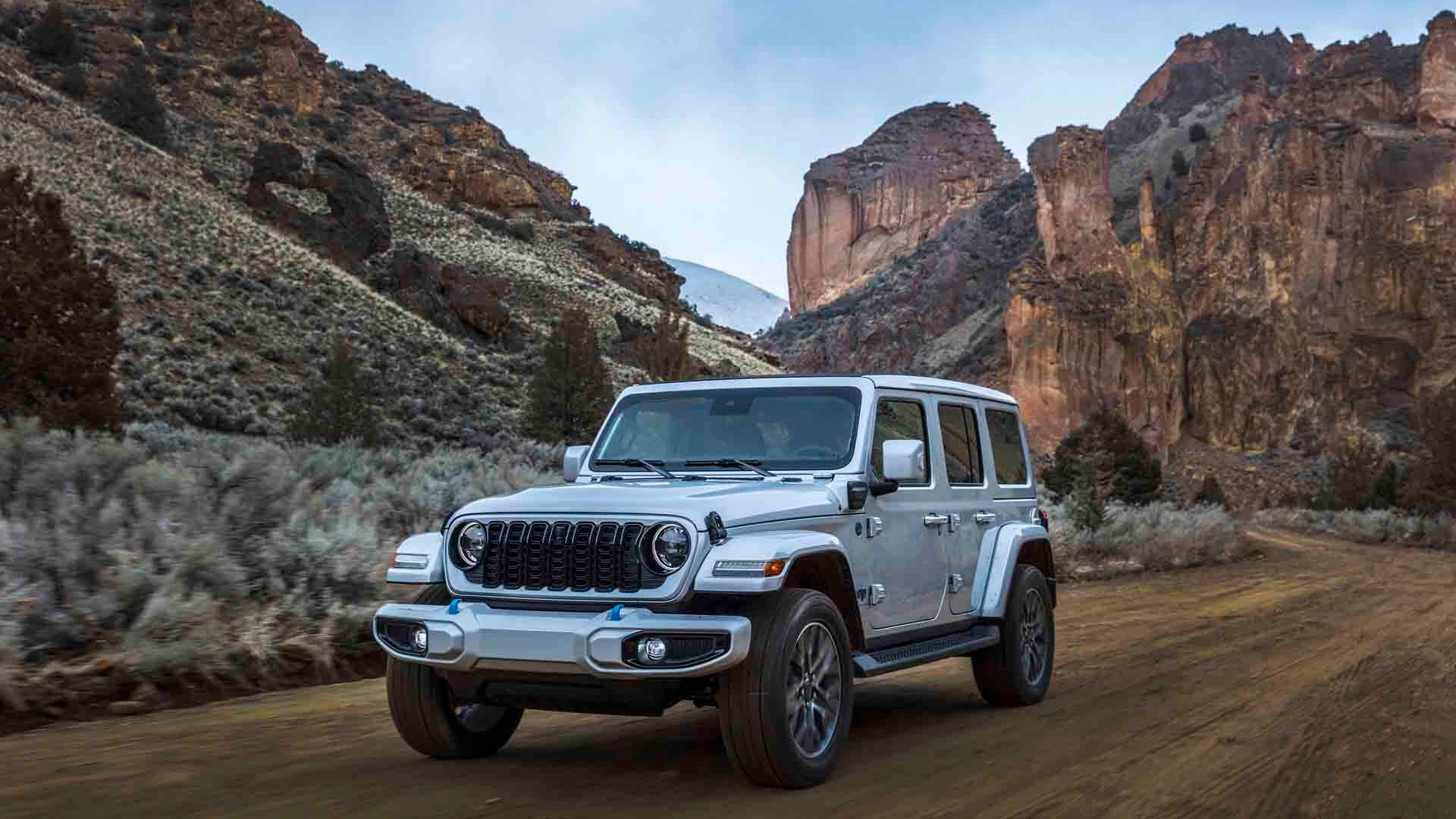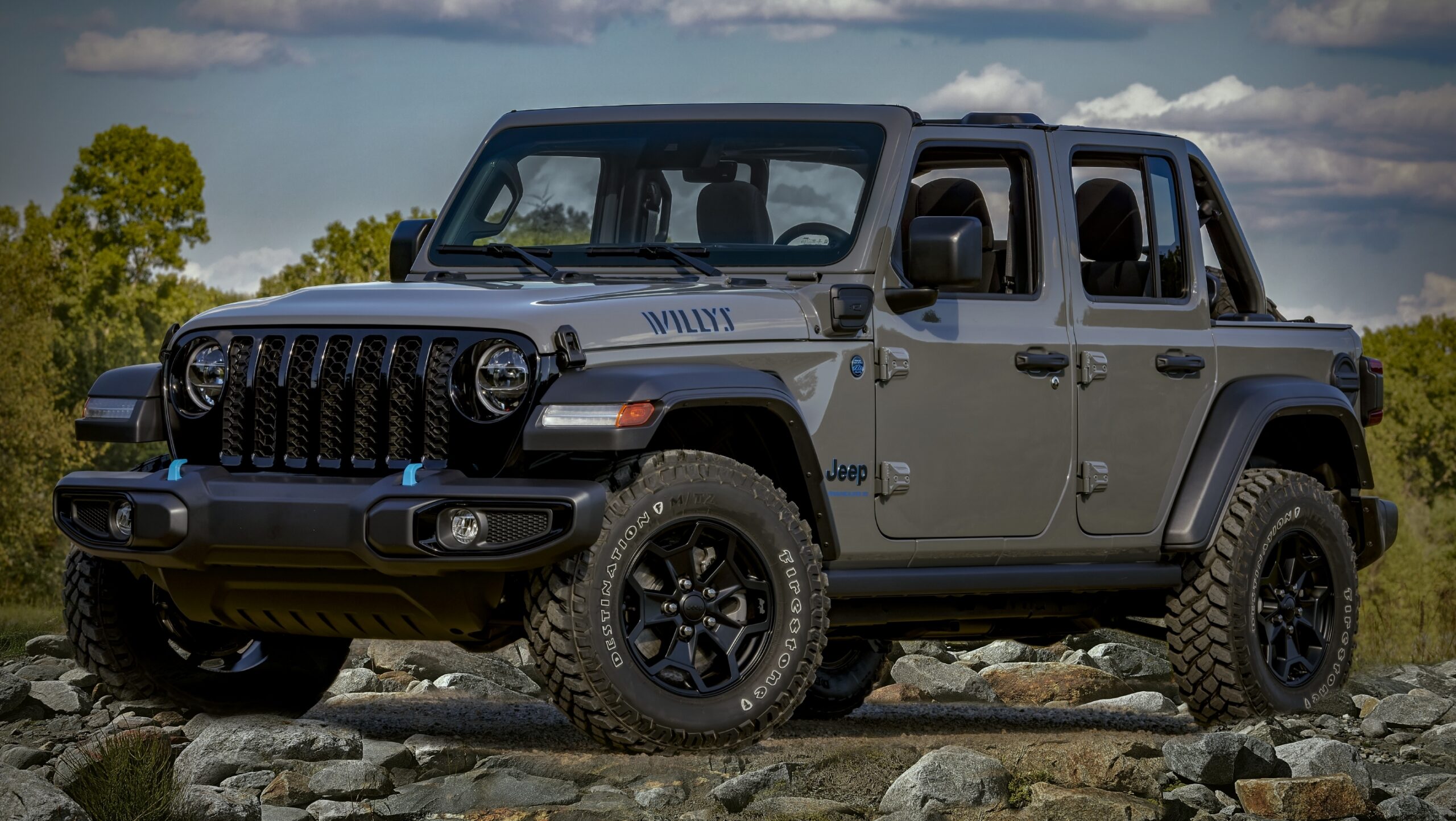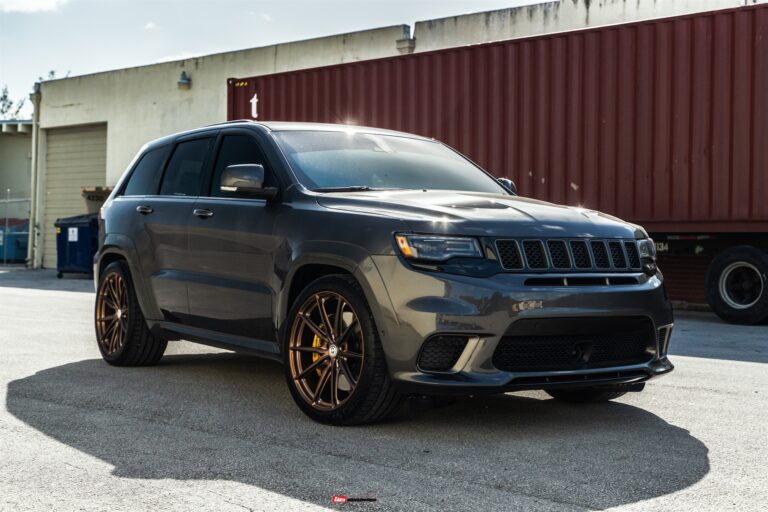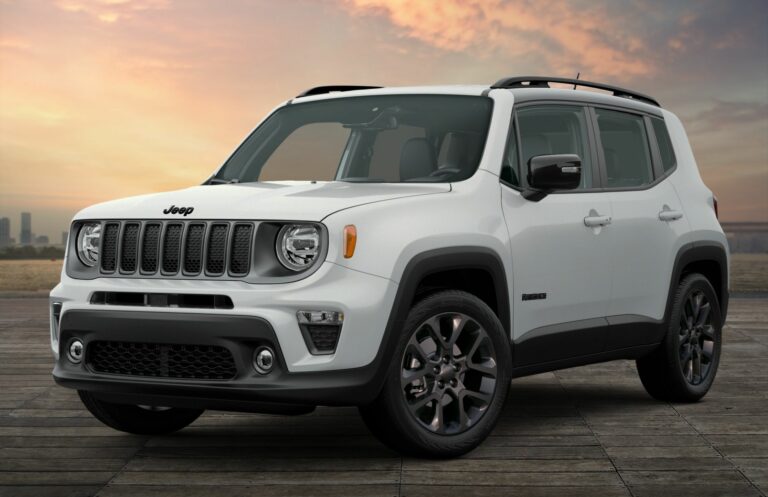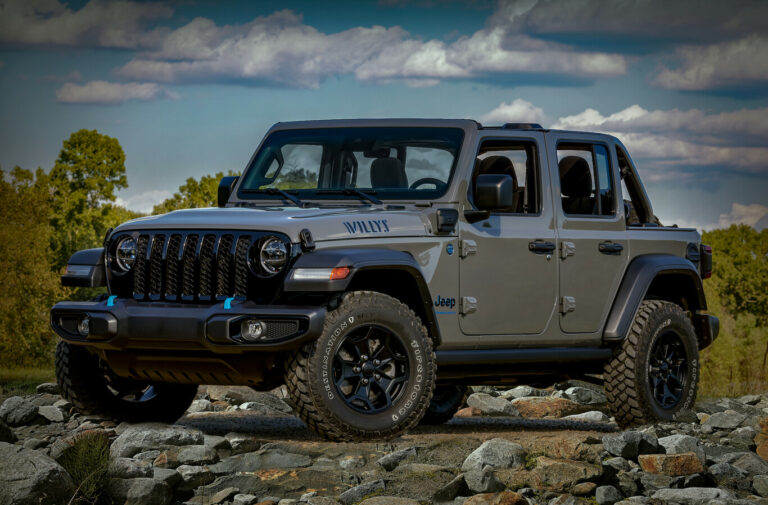Jeep SRT 1500 HP: Unleashing the Beast
Jeep SRT 1500 HP: Unleashing the Beast jeeps.truckstrend.com
Introduction: Redefining Performance SUVs
The term "Jeep SRT 1500 HP" isn’t a factory model you can order off a dealership lot. Instead, it represents the pinnacle of aftermarket automotive engineering and a relentless pursuit of extreme performance. It signifies a highly modified Jeep Grand Cherokee SRT or, more commonly, a Grand Cherokee Trackhawk, pushed far beyond its already formidable factory specifications to achieve an staggering 1500 horsepower. This isn’t just an upgrade; it’s a complete transformation, turning a powerful SUV into a true supercar slayer, capable of embarrassing purpose-built sports cars on the drag strip and leaving an indelible mark wherever it goes.
Jeep SRT 1500 HP: Unleashing the Beast
The significance of a 1500 HP Jeep SRT lies in its audacious defiance of conventional automotive boundaries. It showcases what’s possible when cutting-edge technology, meticulous craftsmanship, and a no-compromise attitude are applied to a platform renowned for its versatility. For enthusiasts, it’s a testament to the potential within the modern internal combustion engine and a thrilling demonstration of power, often cloaked in the unexpected guise of a family-friendly SUV. This article will delve into what it takes to achieve such a monumental power figure, the challenges involved, and the exhilarating experience of commanding such a beast.
The Foundation: From Stock to Supercar Slayer
To understand a 1500 HP Jeep SRT, one must first appreciate its origins. The journey typically begins with one of two formidable platforms:
- Jeep Grand Cherokee SRT: Powered by a naturally aspirated 6.4-liter HEMI V8, producing around 475 horsepower. While impressive for an SUV, this is a far cry from 1500 HP. Modifications to this platform often involve adding forced induction (supercharging or turbocharging) as a primary step.
- Jeep Grand Cherokee Trackhawk: The preferred starting point for extreme builds, primarily due to its factory-installed supercharged 6.2-liter Hellcat V8 engine, which delivers a potent 707 horsepower right off the bat. This engine, designed for high output, provides a more robust foundation for extreme power increases, requiring fewer fundamental changes to reach high numbers compared to the naturally aspirated SRT.
Both platforms offer a strong chassis, robust drivetrain components (though significant upgrades are still necessary for 1500 HP), and a comfortable, spacious interior. Their all-wheel-drive systems are crucial for putting immense power to the ground, offering traction that rear-wheel-drive vehicles with similar power outputs often struggle to achieve.
![]()
The Path to 1500 HP: Engineering Extremes
Achieving 1500 horsepower in a Jeep SRT is a monumental undertaking, requiring extensive and sophisticated modifications across virtually every major system. It’s a complex dance of precision engineering, advanced metallurgy, and expert tuning.
Engine Reinforcement: The Heart of the Beast
The stock Hellcat engine, while powerful, is not built for sustained 1500 HP output. The most critical modifications involve reinforcing the engine’s internals:
- Forged Internals: The factory pistons, connecting rods, and crankshaft are replaced with high-strength, forged components. These can withstand the extreme pressures and temperatures generated by massive horsepower. Billet crankshafts are common at this level.
- Cylinder Head Upgrades: Ported cylinder heads improve airflow, while stronger valve springs, retainers, and larger valves ensure the valvetrain can handle aggressive cam profiles and high RPMs.
- Head Studs: OEM head bolts are replaced with heavy-duty head studs to maintain cylinder head clamping force under extreme boost pressures, preventing head gasket failure.

Forced Induction Upgrades: The Airflow Architects
This is where the majority of the power increase comes from. While the Trackhawk starts with a supercharger, reaching 1500 HP usually requires a complete overhaul:
- Larger Superchargers: For supercharged builds, massive aftermarket units like 4.5L or 5.0L Whipple superchargers are employed, capable of generating significantly more boost than the stock IHI unit.
- Twin-Turbo Conversions: Often, the most efficient path to 1500 HP in a HEMI is a custom twin-turbo setup. Large-frame turbochargers, precisely sized for the engine’s displacement and power goals, are integrated with custom headers and piping. Turbos offer superior efficiency and power potential at extreme levels compared to superchargers.
- Enhanced Intercooling: Managing heat is paramount. Larger, more efficient air-to-water intercooler systems with dedicated reservoirs and pumps are essential to keep intake air temperatures down, preventing pre-detonation and preserving power.
Fuel System: The Lifeblood of Power
A 1500 HP engine consumes fuel at an astonishing rate. The stock fuel system is entirely inadequate:
- High-Flow Injectors: Massive fuel injectors (e.g., 2000cc+) are installed to deliver the necessary volume of fuel.
- Multiple Fuel Pumps: Often, multiple high-capacity fuel pumps (e.g., three Walbro 525s or similar) are required to supply the immense fuel demand, sometimes with a dedicated surge tank.
- Upgraded Fuel Lines and Rails: Larger diameter fuel lines and aftermarket fuel rails ensure consistent fuel delivery without restriction.
- E85 Compatibility: Most 1500 HP builds run on E85 (ethanol-blend fuel) due to its higher octane rating and cooling properties, which allow for more aggressive tuning and prevent knock.
Transmission & Drivetrain: Harnessing the Torque
The stock 8HP90 transmission in the Trackhawk is robust, but 1500 HP will quickly overwhelm it.
- Transmission Reinforcement: The transmission is typically fully built with stronger clutches, billet input/output shafts, and reinforced planetary gears. Custom transmission controllers and tuning are essential.
- Driveshafts: Upgraded, heavy-duty driveshafts (e.g., carbon fiber or chromoly) are necessary to handle the colossal torque.
- Differentials & Axles: Stronger rear differential assemblies, often with upgraded gearing and axles, are installed to prevent catastrophic failure under launch.
- Transfer Case: The transfer case, responsible for distributing power to all four wheels, also requires significant reinforcement.
Engine Management & Tuning: The Brains of the Operation
- Custom ECU Tuning: A custom tune is absolutely critical. This involves recalibrating the engine control unit (ECU) to manage fuel delivery, ignition timing, boost pressure, and transmission shift points for the modified components and desired power output. This is an art form, requiring experienced tuners.
- Data Logging: Extensive data logging is performed to monitor engine parameters and refine the tune for optimal performance and reliability.
Beyond Power: Supporting Modifications
A 1500 HP Jeep SRT isn’t just about raw power; it also requires significant upgrades to handle that power safely and effectively.
- Braking System: Stopping a 5,500+ lb SUV from extreme speeds requires serious braking power. Larger rotors, multi-piston calipers (e.g., Brembo, Baer), and performance brake pads are essential.
- Suspension System: To manage the immense acceleration and prevent excessive squat, upgraded suspension components are installed. This often includes stiffer springs, performance shocks (e.g., adjustable coilovers), and upgraded sway bars. For drag racing, specific drag suspension setups might be used.
- Tires: The connection to the ground is paramount. High-performance street tires or dedicated drag radials are necessary to put the power down effectively without excessive wheelspin.
- Cooling System: Beyond the intercooler, the entire cooling system (radiator, oil cooler, transmission cooler) needs to be upgraded to cope with the increased heat generated by a 1500 HP engine.
The Experience: Driving a 1500 HP Jeep SRT
Driving a 1500 HP Jeep SRT is an experience unlike any other. It’s a symphony of raw power, brutal acceleration, and a visceral connection to mechanical might.
- Acceleration: The sensation of being pinned back into your seat as the SUV launches with supercar-rivalling force is addictive. Quarter-mile times in the 8-second range are achievable, placing these Jeeps among the fastest vehicles on the planet.
- Sound: The exhaust note is a thunderous roar, often accompanied by the whine of a massive supercharger or the spooling of twin turbos. It’s loud, unapologetic, and undeniably exhilarating.
- Handling: While not designed for carving corners like a sports car, the upgraded suspension helps manage the power, making it surprisingly stable at high speeds. However, it’s still a heavy SUV, and its true prowess lies in straight-line performance.
- Not a Daily Driver: These vehicles are typically built for specific purposes – drag racing, high-performance events, or simply as a statement piece. They are loud, often demanding, consume fuel at an alarming rate, and require frequent maintenance by specialized technicians.
Important Considerations and Challenges
Building and owning a 1500 HP Jeep SRT comes with significant considerations and challenges:
- Exorbitant Cost: This is not a budget-friendly endeavor. The cost of modifications alone can easily exceed the price of the base vehicle, pushing total investment into the hundreds of thousands of dollars.
- Reduced Reliability: Pushing an engine to 2-3 times its factory output inevitably impacts long-term reliability. Components are stressed to their limits, and failures, while mitigated by high-quality parts, are more likely than in a stock vehicle. Regular, meticulous maintenance is crucial.
- Legality and Emissions: Many modifications required to reach 1500 HP are not street legal in various jurisdictions, particularly concerning emissions. These vehicles are often intended for off-road or track use only.
- Safety: The immense power and speed demand a skilled and responsible driver. Proper safety equipment (e.g., roll cage, racing seats, harnesses) may be necessary for track use.
- Finding a Reputable Builder: The success and safety of a 1500 HP build hinge on the expertise of the shop performing the work. Choosing a highly experienced and reputable tuner specializing in extreme HEMI builds is paramount.
Is a 1500 HP Jeep SRT Right for You? (Practical Advice)
A 1500 HP Jeep SRT is not for everyone. It caters to a very specific niche of automotive enthusiasts who:
- Possess Deep Pockets: This is an ultra-luxury, ultra-performance investment.
- Crave Extreme Performance: The desire to own one of the fastest SUVs on the planet.
- Understand the Compromises: Acknowledge that reliability, daily drivability, and legality may be compromised.
- Have Access to Specialized Maintenance: Regular servicing by experts is non-negotiable.
- Are Passionate About Automotive Engineering: Appreciate the intricate work and technology involved in such a build.
If you’re considering embarking on such a project, our practical advice is clear: do your research, budget extensively, and, most importantly, partner with a highly reputable and experienced performance shop. Their expertise will be the difference between a dream machine and a costly nightmare.
Estimated Cost Breakdown for a 1500 HP Jeep SRT Build
Please note: These are estimated costs for building a 1500 HP Jeep SRT. Actual prices will vary significantly based on the specific components chosen, the tuner, labor rates, and market conditions. This table reflects the cost of modification on top of the base vehicle.
| Component Category | Estimated Cost Range (USD) | Description |
|---|---|---|
| Base Vehicle (Trackhawk) | $70,000 – $100,000+ | Starting point: Used or new Jeep Grand Cherokee Trackhawk. |
| Engine Internals | $15,000 – $35,000+ | Forged pistons, rods, crankshaft, upgraded valvetrain, head studs, machining. |
| Forced Induction | $20,000 – $50,000+ | Large aftermarket supercharger kit (e.g., Whipple) OR custom twin-turbo system (turbos, headers, piping, wastegates, blow-off valves). |
| Fuel System | $5,000 – $15,000+ | High-flow injectors, multiple fuel pumps, upgraded lines, fuel rails, surge tank, ethanol conversion. |
| Transmission & Drivetrain | $15,000 – $30,000+ | Fully built transmission, upgraded driveshafts, reinforced differentials, stronger axles, transfer case upgrades. |
| Engine Management & Tuning | $5,000 – $15,000+ | Custom ECU tuning, potentially standalone ECU, sensors, professional dyno tuning. |
| Cooling System | $3,000 – $8,000+ | Upgraded radiator, oil cooler, transmission cooler, enhanced intercooler setup. |
| Brakes & Suspension | $5,000 – $15,000+ | Performance brake kit (rotors, calipers, pads), adjustable coilovers/shocks, stiffer springs, sway bars. |
| Exhaust System | $2,000 – $7,000+ | High-flow cat-back or full exhaust system. |
| Labor & Incidentals | $20,000 – $50,000+ | Professional installation, fabrication, wiring, miscellaneous parts, dyno time, unforeseen issues. |
| Total Estimated Build Cost (excluding base vehicle) | $90,000 – $225,000+ | This is the cost of the modifications alone. |
| Grand Total (Base + Mods) | $160,000 – $325,000+ | The full cost for a completed 1500 HP Jeep SRT. |
Frequently Asked Questions (FAQ)
Q1: Is a 1500 HP Jeep SRT street legal?
A1: Many of the modifications required to reach 1500 HP (especially emissions-related ones) are not street legal in most regions. These vehicles are often built for off-road racing or track-only use. Check local regulations.
Q2: How much does a 1500 HP Jeep SRT cost?
A2: Including the base vehicle and all necessary modifications, expect to pay anywhere from $160,000 to over $300,000, depending on the chosen components and builder.
Q3: How reliable is a 1500 HP Jeep SRT?
A3: Reliability is significantly reduced compared to a stock vehicle. While built with robust components, pushing an engine to such extreme limits means increased wear and tear. They require diligent maintenance and are not typically daily drivers.
Q4: Who builds these 1500 HP Jeeps?
A4: Highly specialized and reputable aftermarket performance shops and tuners build these vehicles. Examples include Hellion Turbo, VMP Performance, Forced Inductions, and various smaller, highly skilled independent builders specializing in HEMI platforms.
Q5: What’s the top speed of a 1500 HP Jeep SRT?
A5: While highly variable based on gearing, tire choice, and aerodynamics, these vehicles are capable of speeds well over 200 mph in controlled environments, though their primary focus is extreme acceleration (quarter-mile times).
Q6: Can I daily drive a 1500 HP Jeep SRT?
A6: While technically possible, it is highly impractical. They are loud, consume vast amounts of fuel, require frequent specialized maintenance, and may not comply with street legal requirements. They are best suited for track days or occasional spirited drives.
Conclusion: The Apex of SUV Performance
The Jeep SRT 1500 HP is more than just a vehicle; it’s a statement. It represents the ultimate expression of power and performance within the SUV segment, pushing the boundaries of what’s mechanically possible. It’s a testament to the ingenuity of aftermarket tuners and the insatiable desire of enthusiasts to achieve mind-bending speed.
While not a practical choice for the average driver, for those who seek the thrill of unmatched acceleration and the prestige of owning an automotive marvel, the 1500 HP Jeep SRT stands as an awe-inspiring achievement. It transforms a family hauler into a street-legal rocket, forever changing perceptions of what an SUV can truly be. In a world increasingly moving towards electrification, these gasoline-powered beasts serve as a powerful reminder of the raw, unadulterated excitement that can be extracted from internal combustion, pushing the limits one horsepower at a time.
